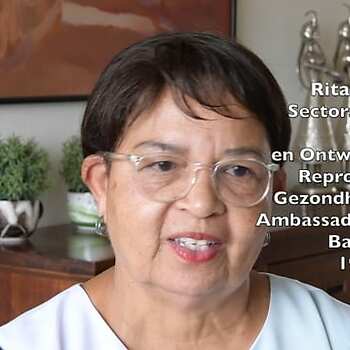A new theme, Textiles, was introduced in 2013 by the Embassy after the collapse of the nine storey Rana Plaza building in Savar near Dhaka. Over 1.138 people, mostly garment workers, were killed, more than several hundred injured and at least 159 were missing and left more than 130 children who lost their parents. It was the worst-ever industrial disaster in the country. The Embassy of the Kingdom of the Netherlands (EKN) suggested to Minister Ploumen to spend the 9 million Euro Trade budget to improve the working conditions of garment workers. The Netherlands took the lead to coordinate the donor community with the aim to improve, together with the government, among others the labour standards and fire safety in the factories.
In November 2012 another disaster had taken place: a fire killed 112 garment workers at Tazreen Fashions in Ashulia, close to Dhaka. After the fire, logos of different brands of C&A were found in the ashes. It became clear that the work safety conditions were quite bad, as well as the payments. Among buyers and consumers in the Netherlands awareness raised that garments were produced without proper labour rights conditions. Improvements started by C&A paying compensation to 67 families, victims of the Tazreen fire.
There was a rising trend in investment from India and China to Bangladesh as the costs of production in those countries were greater than in Bangladesh. Foreign investors also enjoyed duty free import facilities of raw materials. However the unavailability of gas and power had hurt the flow of investment in the sector. In 2012 the country had 341 spinning mills, more than 1000 dyeing, finishing, printing and weaving factories, more than 5000 woven garment factories and 1700 knitwear factories. This caused a tremendous flow of young workers and among them many women, from the rural areas to Gazipur and Savar and the already existing slums expanded.
Read more:
NICC collection : NCDO 2013 DUTCH CONSUMERS AND THE BANGLADESHI GARMENT INDUSTRY Boonstoppel & C.L. Carabain

